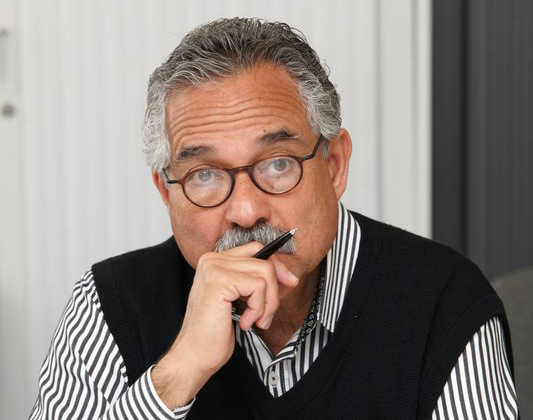
Hany Hassan, FAIA has served as a committed steward of Washington DC’s cultural and architectural heritage throughout a 35 year career. As Partner-in-Charge of Beyer Blinder Belle’s DC Office, he has revitalized numerous historic buildings and sites of civic importance throughout the nation’s capital including the Old Post Office and the Historic DC Courthouse. Currently, he is directing Historic Preservation for the Union Station Expansion Plan.
Hany has extensive experience in the adaptation of historic buildings to modern use and the integration of contemporary building technology into existing historic fabric. His expertise also extends to architectural and urban design for new construction. His wide-ranging international experience includes major projects in Italy, the Czech Republic, Belgium, Japan, Egypt, and Brazil.
His clients include the US Department of State, Architect of the Capitol, General Services Administration, District of Columbia Courts, National Park Service, Maryland State Archives, DC Office of Planning, Smithsonian Institution, National Gallery of Art, Jewish Historical Society, and the John F. Kennedy Center for the Performing Arts, as well as many of metropolitan Washington’s leading private developers.
Hany received his Bachelor of Architecture degree from Cairo University in Egypt. He has taught or led research initiatives at Cairo University, New York University, and the Massachusetts Institute of Technology. In addition to serving on the DC Preservation League’s Board and Project Review Committee, Hany is a Board Member of the National Building Museum, a National Peer for the General Services Administration’s Design Excellence Program, and a former Board Member and Officer of the Washington Architectural Foundation.
Driven by the principle that successful architecture balances the highest level of creativity with public input, Hany has sensitively and successfully steered numerous civic projects through the environmental and historic preservation design approvals process. His prolific hand sketches, renderings, and watercolors provide a valuable tool in enabling stakeholders to better visualize a project’s design, ultimately encouraging collaboration and consensus.
